If you’re a
But what makes gyokuro so special?
Gyokuro is a type of green
In this article, we’ll explore everything you need to know about gyokuro
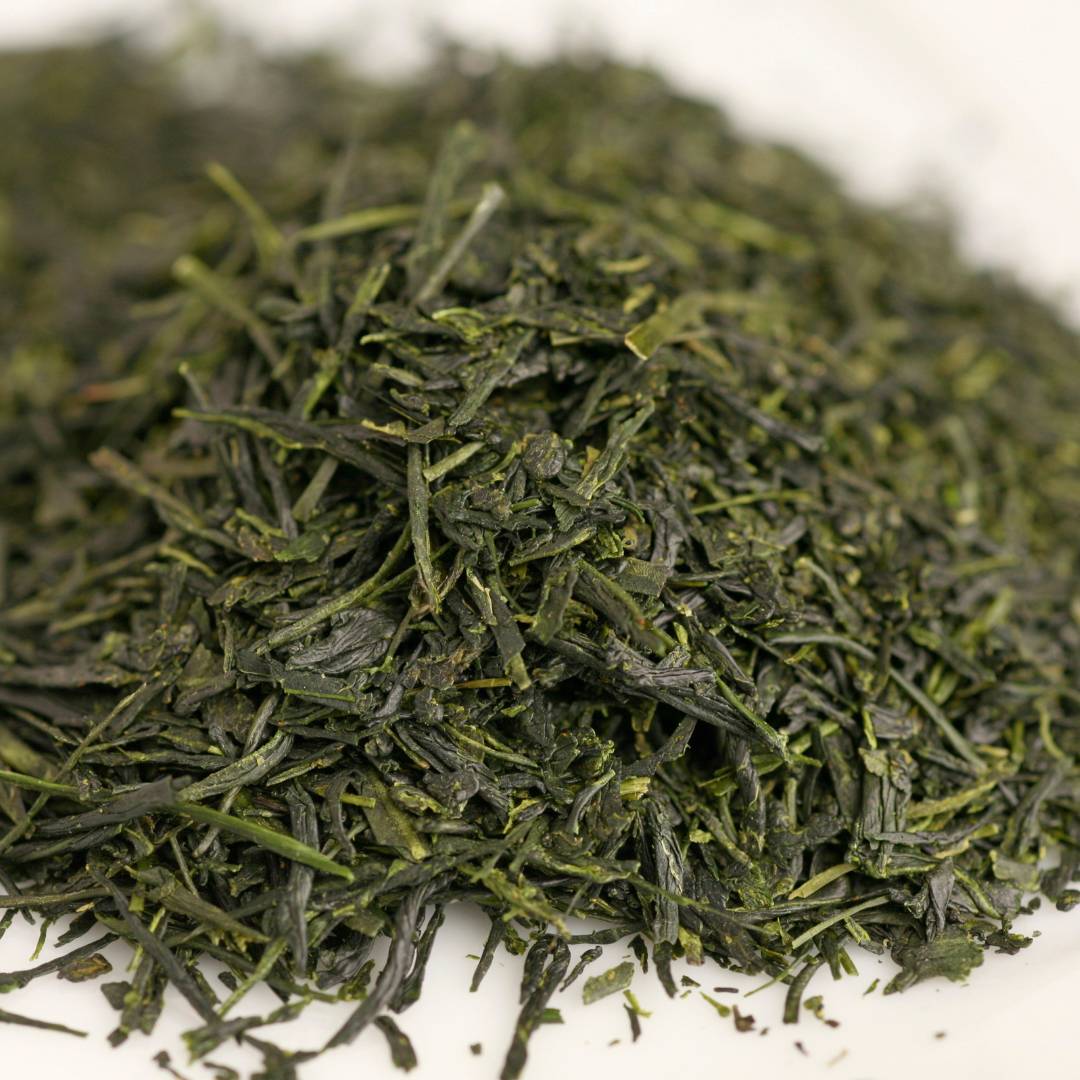
A brief introduction of Gyokuro Tea
Gyokuro
Gyokuro is a type of green
Unlike most green teas, gyokuro is grown in the shade for several weeks before it’s harvested.
This shading technique gives the
If you are a
History & Origins of Gyokuro Tea
This special
It was invented by a
Yamamoto experimented with different cultivation techniques and eventually came up with the idea of shading the
The
Today, gyokuro is still primarily grown and consumed in Japan, but it’s gaining popularity in other parts of the world as well.
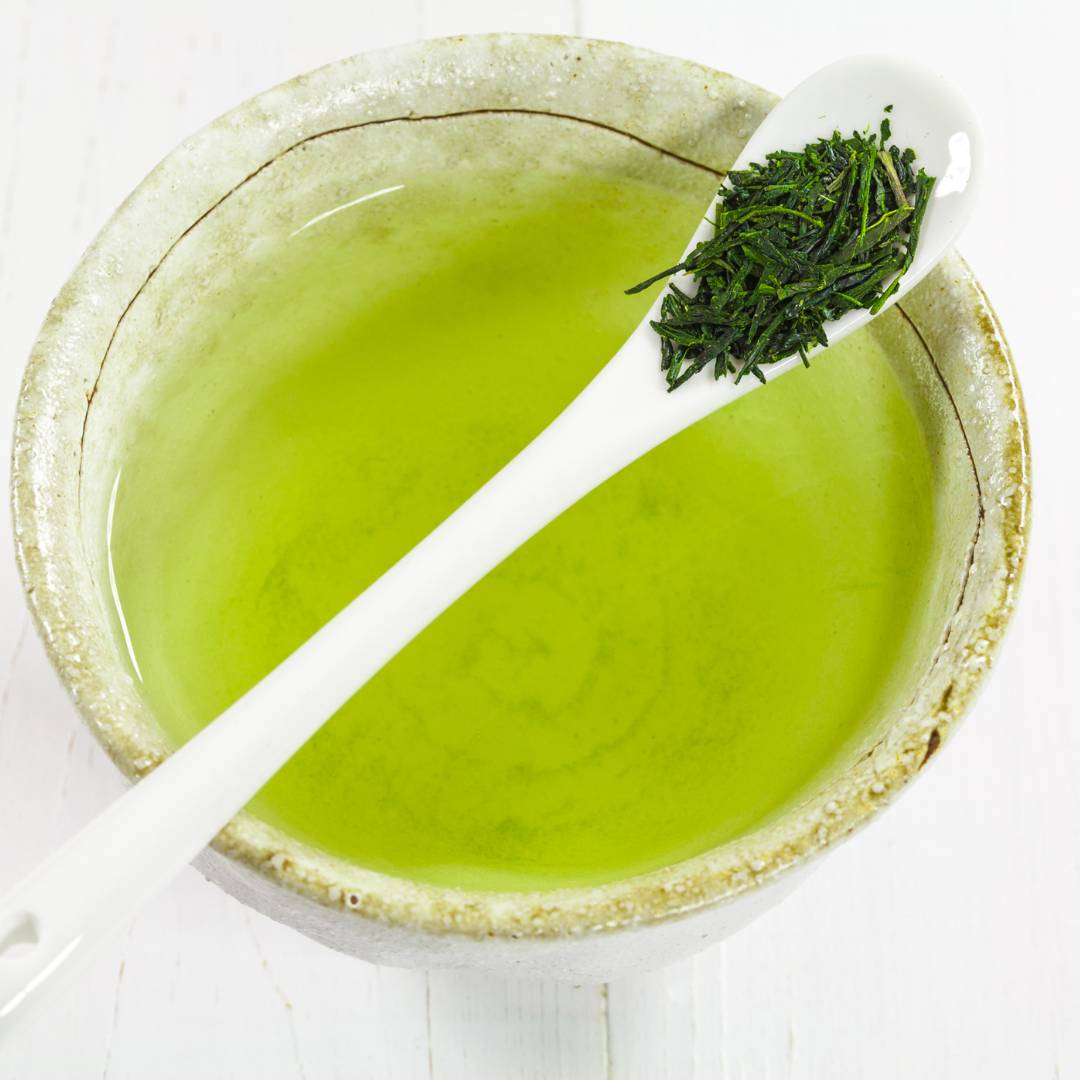
Characteristics of Gyokuro green tea
Firstly, Gyokuro is known for its shade-grown cultivation process, which sets it apart from other green teas.
This process involves shading the
This technique results in a richer and more vegetal taste that is different from other green teas.
Its unique taste and aroma
When it comes to taste and aroma, Gyokuro has a sweet, delicate, and mild taste with a grassy aroma.
The taste is often described as “umami,” which means a savory, brothy flavor that stimulates the taste buds.
This unique taste is due to the high levels of amino acids, specifically L-Theanine, found in Gyokuro.
Want to learn more? Keep reading!

Health Benefits of Gyokuro
Antioxidant Properties
Gyokuro is packed with antioxidants that can help protect your body from damage caused by free radicals.
These free radicals are harmful molecules that can damage your cells, and contribute to aging and the development of diseases like cancer, heart disease, and diabetes.
The antioxidants in Gyokuro can help neutralize these free radicals and reduce their negative effects on your body.
Reducing Stress and Anxiety
Gyokuro contains an amino acid called L-Theanine, which is known for its relaxing properties. L-Theanine can help promote relaxation and reduce stress and anxiety levels.
It works by stimulating the production of alpha brain waves, which are linked to inducing a sense of tranquility and peacefulness in the mind.
Aiding Digestion and Boosting Metabolism
Gyokuro can also aid in digestion and help boost your metabolism.
The catechins in Gyokuro can help improve your digestive health by reducing inflammation in your gut and increasing the production of digestive enzymes.
Additionally, the caffeine in Gyokuro can help boost your metabolism and increase fat burning.
Cultivation of Gyokuro Tea
Process of Cultivation of Gyokuro green tea
Cultivating gyokuro is no easy feat!
It requires a lot of time, attention, and care.
But the end result is worth it – a delicate and delicious
Gyokuro is grown using a shading process known as “tana,” which means “shelf” in Japanese.
The
The shading process also helps reduce bitterness and increase sweetness, giving gyokuro its signature taste.

The ideal growing conditions for Gyokuro
Furthermore, Gyokuro is also known for its ideal growing conditions.
It is grown in several regions of Japan, but the most popular area for its cultivation is in Uji, located in the Kyoto prefecture.
The region’s ideal climate and soil composition, combined with the expert knowledge of the local farmers, have contributed to making Kyoto a hub for the production of premium gyokuro
The ideal temperature for growing this type of green
They are also frequently pruned to maintain their shape and ensure optimal growth.

Harvesting Gyokuro green tea
Harvesting gyokuro is a delicate process that requires skilled hands.
The
The leaves are then steamed, rolled, and dried to preserve their freshness, flavor and aroma.
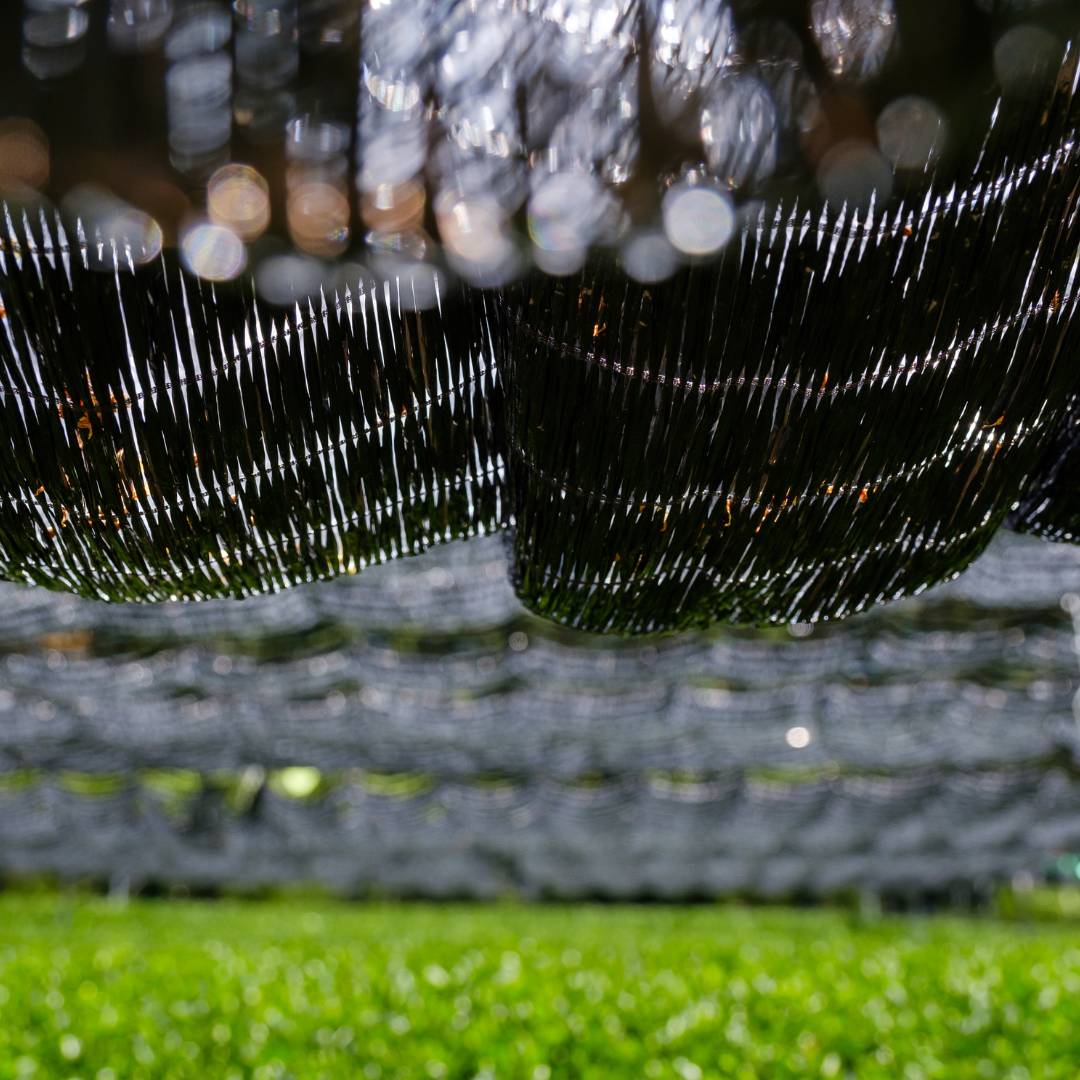
Special Tools
In addition to the ideal growing conditions, the cultivation of gyokuro also requires the use of special tools, such as shading nets and bamboo mats.
The use of these tools ensures that the
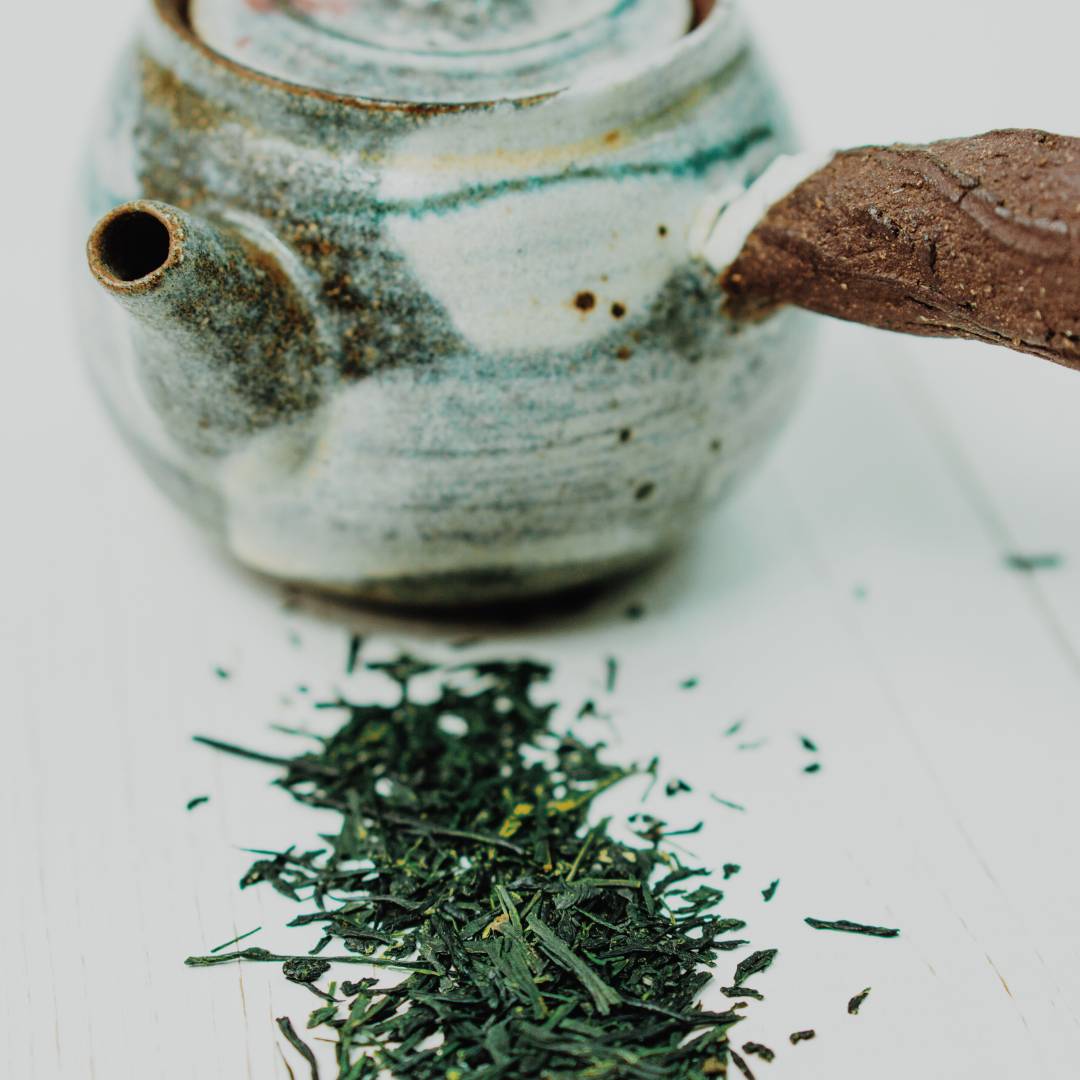
Preparation of Gyokuro
Selection and storage of Gyokuro tea
Alright, let’s talk about how to prepare this delicate
First things first, let’s make sure we get the best quality
When selecting Gyokuro, make sure to look for bright green leaves that are tightly rolled up.
The fresher the leaves, the better the taste.
And be sure to store it in a cool, dry place to keep it fresh.
Brewing Gyokuro Tea
Brewing gyokuro tea is an art that requires precision and patience.
The water used to brew this good green tea should be around 60-70°C, which is cooler than the water used for other types of green
The
I recommend to use kyusu a Japanese teapot to brew this green tea.
The resulting brew is a pale green color with a vegetal taste and a soft, smooth texture.

Gyokuro vs Other Types of Green Tea
discover the differences between three of Japan’s most beloved green teas: Matcha, Sencha, and Gyokuro.
So, strap on your
Matcha
Let’s start with Matcha.
It’s the
Matcha is made by grinding shade-grown
Its flavor is sweet and slightly bitter, with a smooth texture that makes it perfect for lattes and desserts.
Sencha
Next up, we have Sencha.
It’s one of the most popular green
The flavor is fresh and grassy, with a slight astringency that gives it a bit of a kick.
It’s usually brewed at a higher temperature for a shorter time, which gives it a brighter green color and a slightly more intense flavor.
Gyokuro
And last but certainly not least, we have Gyokuro.
It’s the Rolls-Royce of green teas, known for its delicate, sweet taste and smooth texture.
The
Gyokuro is brewed at a lower temperature for a longer time than Sencha, which brings out its subtle sweetness and mellow flavor.
Gyokuro vs. Matcha & Sencha
So, what sets these three green teas apart?
Well, Matcha is the most nutrient-dense because you’re consuming the whole leaf.
Sencha is the most versatile and widely consumed, with a fresh, grassy flavor that’s perfect for any time of day.
And Gyokuro is the most sophisticated and expensive, with a delicate flavor that’s best enjoyed when you have some time to savor it.
While all green teas come from the same species of plant, gyokuro stands out for its unique cultivation process and flavor profile.
Conclusion
Gyokuro
Whether you’re a seasoned
With its rich history, unique cultivation process, and delicate flavor, it’s no wonder that gyokuro is considered one of the best green teas in the world.
So try it now!
If you want to experience the exquisite taste and aroma of Gyokuro then you can purchase it here.
Let me know your thoughts in the comment section below.



Konnichiwa! (Hello!) I'm Pat Tokuyama, a Japanese tofu cookbook author, who travels for music, food, and adventure. If you like Japanese tea, checkout some of the newestorganic japanese tea, matcha bowls and noren and more!
** Curious about the Plant Based Japanese Cooking Club? ** Learn more here!


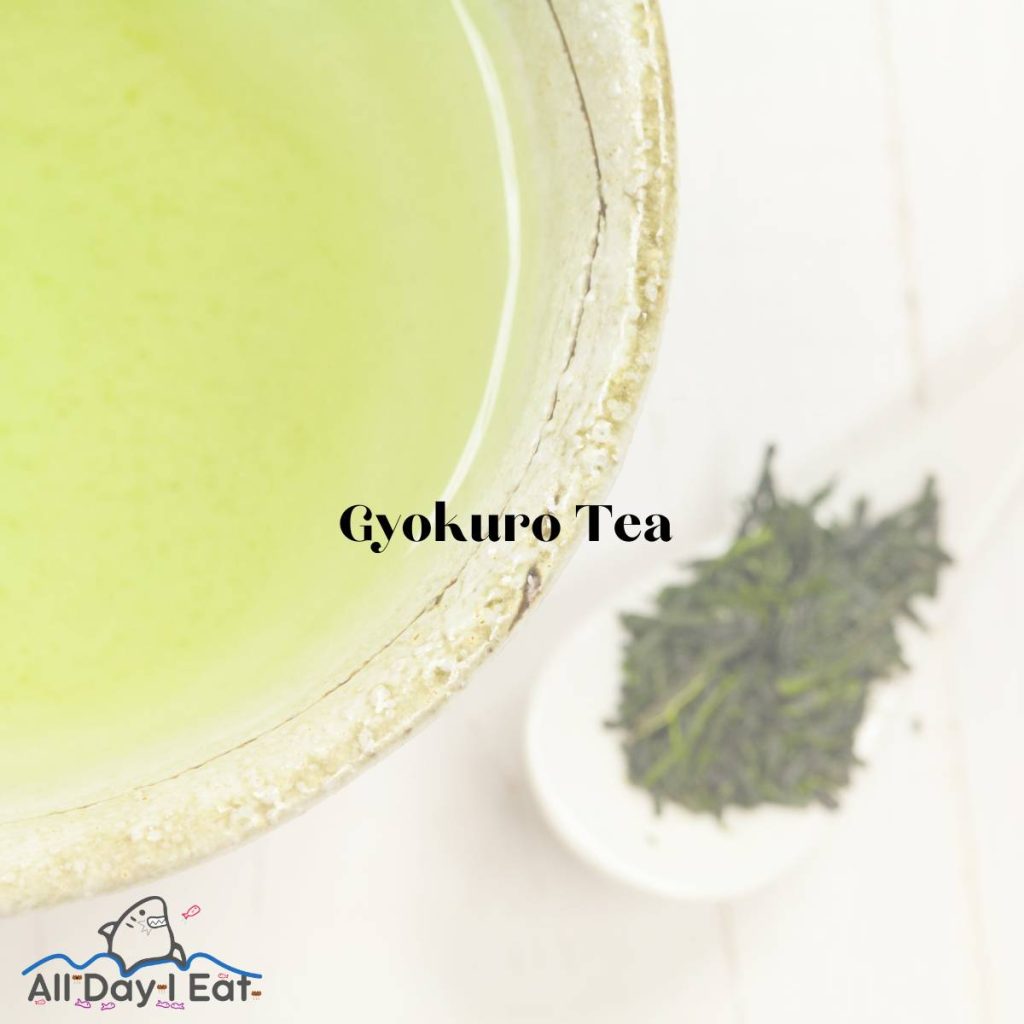





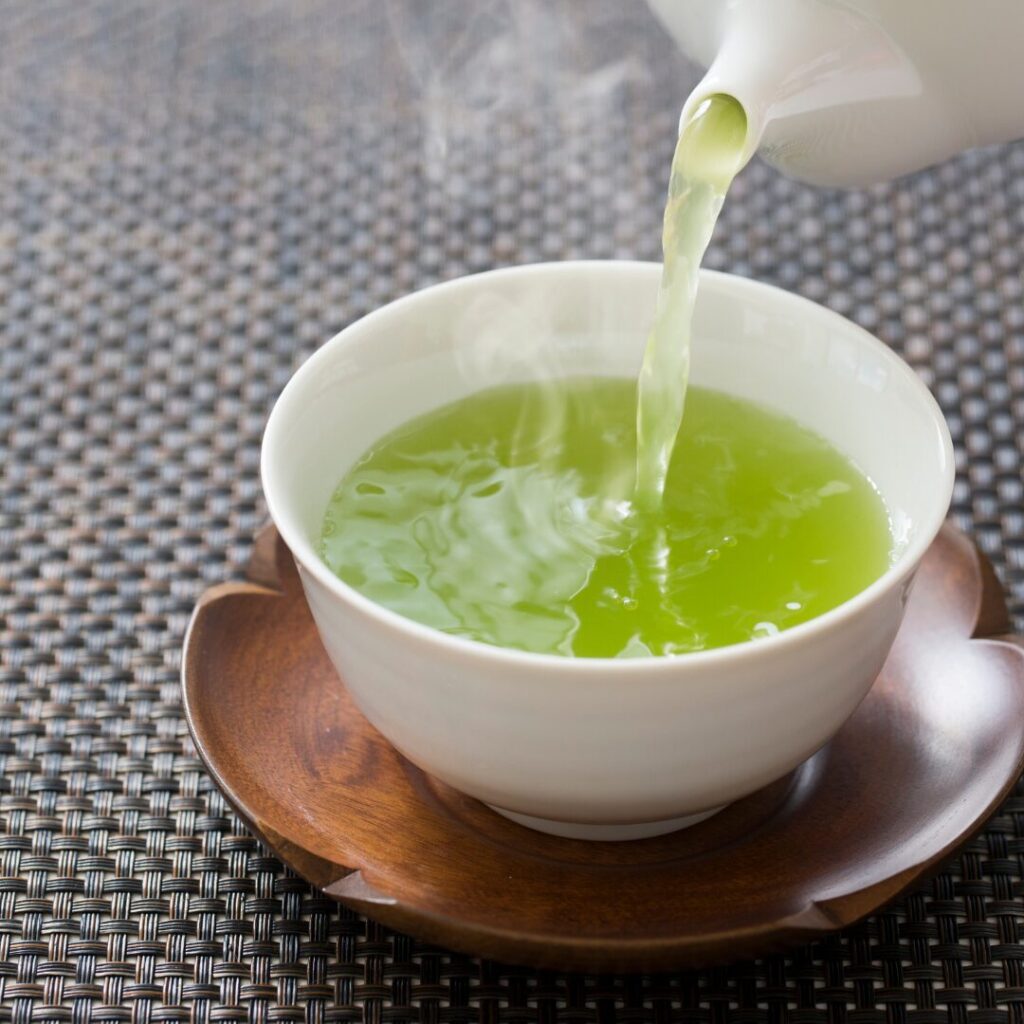
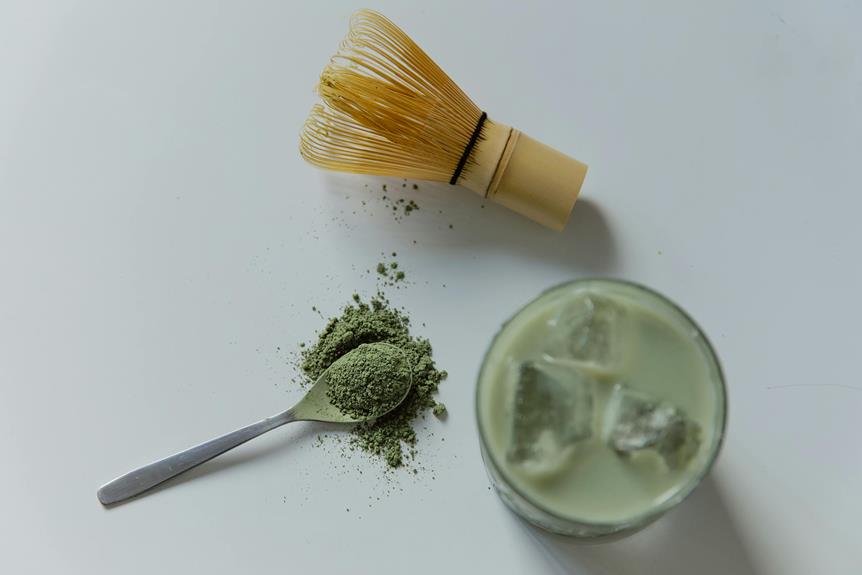

Konnichiwa! (Hello!) I'm Pat Tokuyama, a Japanese tofu cookbook author, who travels for music, food, and adventure. If you like Japanese tea, checkout some of the newestorganic japanese tea, matcha bowls and noren and more!
** Curious about the Plant Based Japanese Cooking Club? ** Learn more here!